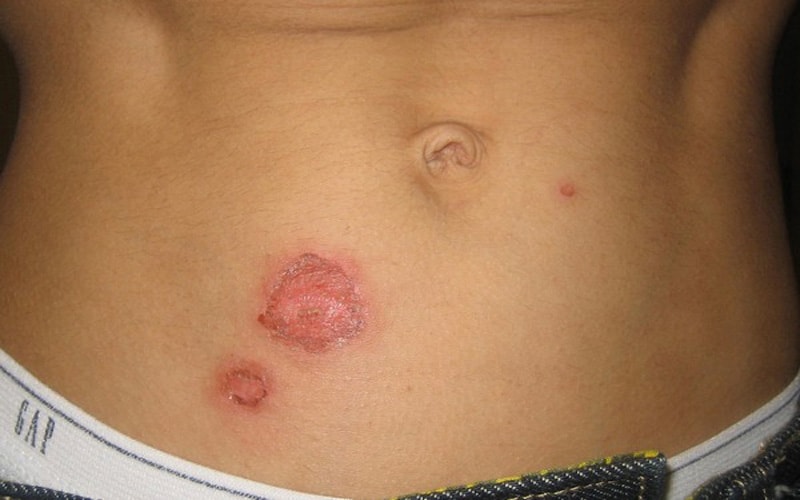Washington: Researchers have found a method to understand a rare genetic skin disease that results in progressively enlarging skin tumours over the scalp, face, and body.
For the first time, scientists at Newcastle University, UK, have identified changes in the DNA of the tumour cells in those with CYLD cutaneous syndrome (CCS) that may help them grow.
A study published in — Nature Communications — suggests that the tumour cells gain a ‘survival advantage’ when the changes occur — an important step in understanding ways to develop treatments.
CCS is a hereditary condition that affects areas of the body where there are hair follicles and leads to skin tumours called “cylindromas” forming and continually growing.
The alterations discovered by the experts were in two genes that are found in the skin tumours. One of the changes highlights a mechanism that the skin tumour cells use to survive and it is hoped that these could be targeted with a new class of drugs to inhibit their growth.
The change to the second gene is novel for skin tumours and warrants further investigation to establish the significance it has on the growth of the tumours.
Dr Neil Rajan, Senior Lecturer and Honorary Consultant Dermatologist at Newcastle University’s Faculty of Medical Sciences, led the research, which was done in collaboration with Dr Serena Nik-Zainal’s team at the University of Cambridge.
“This research is an important step in the ongoing work to develop treatments for patients with CCS, which is a central goal of my research group. The discovery we have made has provided a focus for where we need to drive our efforts towards developing treatments,” said Dr Rajan.
“This is an exciting step forward for patients with the condition as, historically, like many rare diseases, these patients have been overlooked.
Continued collaborative research between clinicians, scientists, and patients is central to improving the lives of people with this challenging rare disease,” added Dr Rajan.
CCS has long intrigued scientists and it is estimated that around one in 100,000 people develop the condition. Patients typically get their first tumour just after puberty, and women are more severely affected than men.
Tumours can be as large as 5cm-10cm and, in severe cases, up to a hundred tumours can affect the entire face and scalp. Painful tumours are reported in up to 50% of patients, and patients need repeated operations to remove these for symptom control.
As the tumours keep growing, complete scalp removal is sometimes needed to control tumour burden. Up to one in four CCS patients from Newcastle needed this, emphasising the need to better understand the condition and develop treatments.
Scientists have been working with Newcastle families with CCS since the 1980s, and these families have been central to the discovery of the gene changes.
Dr Rajan studied DNA from skin samples collected from patients undergoing routine surgery and used the latest sequencing technologies at Newcastle University to do this.
Occupational therapist Julie Robinson and her family have been part of the Newcastle research into CYLD cutaneous syndrome.
This year alone, Julie, of Harrogate, North Yorkshire, has undergone four operations to remove the tumours and this has been a regular occurrence since her condition developed at puberty.
Julie has had tumours on her scalp, torso, chest, and face. She uses a range of hairpieces and make-up techniques to manage the disfigurement aspect of the condition. As she gets older more tumours are developing.

